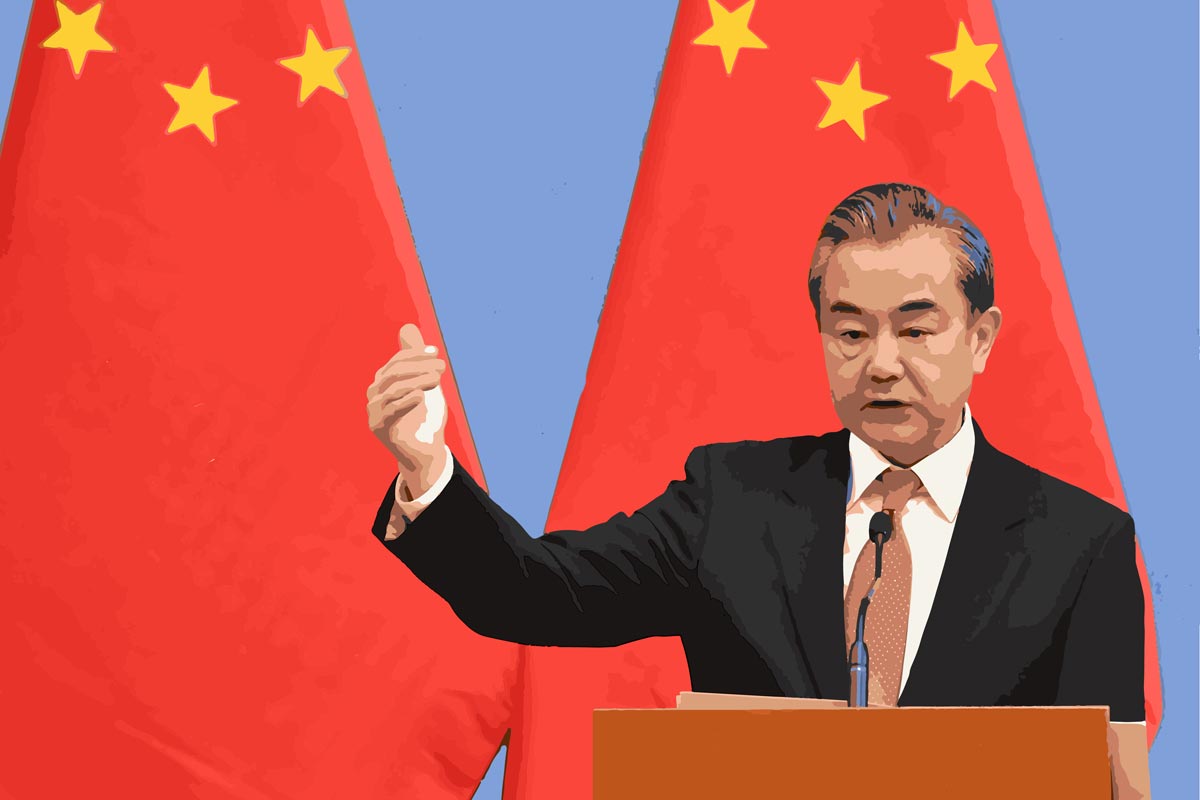China's economy grew at its slowest rate in nearly three decades in the second quarter, according to a survey of analysts, hit by the United States (US)-China trade war and weakening global demand.
The world's second largest economy expanded 6.2 percent in April-June, the poll of 10 economists predicted ahead of the official release of gross domestic product (GDP) figures Monday.
The reading would mark the worst quarterly growth in almost three decades but stays within the government's target range of 6.0-6.5 percent for the whole year. The economy grew 6.6 percent in 2018.
Beijing has stepped up support for the economy this year but the moves have not been enough to offset a domestic slowdown and softening overseas demand for its toys, gadgets and electronics.
Policymakers are likely to take further action, analysts say, with Premier Li Keqiang presiding over a state council meeting Wednesday that pledged to lower tariffs and step up tax rebates for exporters.
"The existing tariffs on exports to the US are having an impact on China's economy," said Steven Cochrane, chief APAC economist with Moody's Analytics.
"Industrial production and exports are also weak, with shipments to the US declining significantly," he said.
Beijing pushed forward a raft of stimulus measures earlier this year to cushion the impact from its cooling economy, increasing spending on roads, railways and other big-ticket infrastructure projects, and tax cuts worth two trillion yuan (US$297 billion) kicking in from April.
The policies buoyed the economy in March and brought in 6.4 percent growth for the first quarter, but it proved no more than a short-term panacea.
Industrial output surged 8.5 percent in March before tumbling in April and dropping to five percent growth in May, the slowest increase since 2002.
The build in infrastructure investment has also retreated from the first quarter, coming in at 4.0 percent in January-May, sharply down from years of near 20 percent expansion.
China's 1.3 billion consumers have remained a bright spot.
"Consumption is holding up relatively well, possibly reflecting the effects of income and value-added tax cuts," said Tommy Wu of Oxford Economics.
'Unstable equilibrium'
Sales of big-ticket items such as cars have not held up, though, with sales down 12.4 percent in the first half of the year, according to the China Association of Automobile Manufacturers.
Analysts widely expect Beijing will step up with further easing in coming months, with Cochrane tipping new measures heading into 2020.
"This will include lower real interest rates for small firms, further reserve requirement ratio reductions, and ongoing infrastructure spending," he said.
The overall downward trend gives President Xi Jinping little room to fight back forcefully against the US, which is using tariffs as leverage to try to force China into opening up its economy.
Washington and Beijing have hit each other with punitive tariffs covering more than US$360 billion in two-way trade and damaging manufacturers on both sides of the Pacific.
US President Donald Trump and Xi agreed to revive negotiations when they met on the side-lines of the Group of Twenty (G20) summit in Japan on 29 June.
Top US and Chinese negotiators held phone talks on Tuesday but it remains unclear if the wide rupture that has formed since talks broke down in May can be patched over.
On Thursday Trump raised eyebrows with a tweet accusing China of not fulfilling a pledge to buy more agricultural goods, adding: "Hopefully they will start soon!"
Björn Giesbergen of RaboResearch said "we are currently in a stable, unstable equilibrium" with the US-China trade war.
"Ultimately we believe it will be impossible to reach a long-lasting deal. As such, the question is not if tensions will flare up again, but rather when," he said. - AFP
